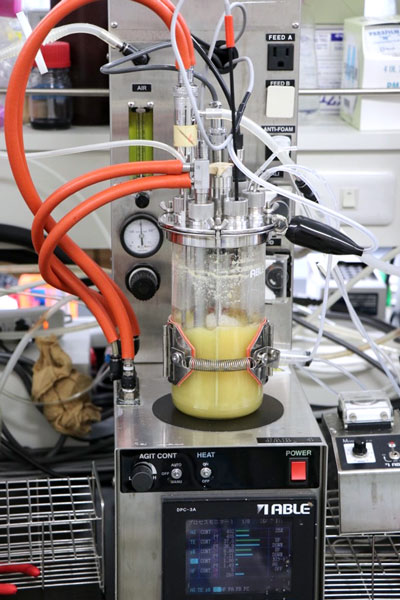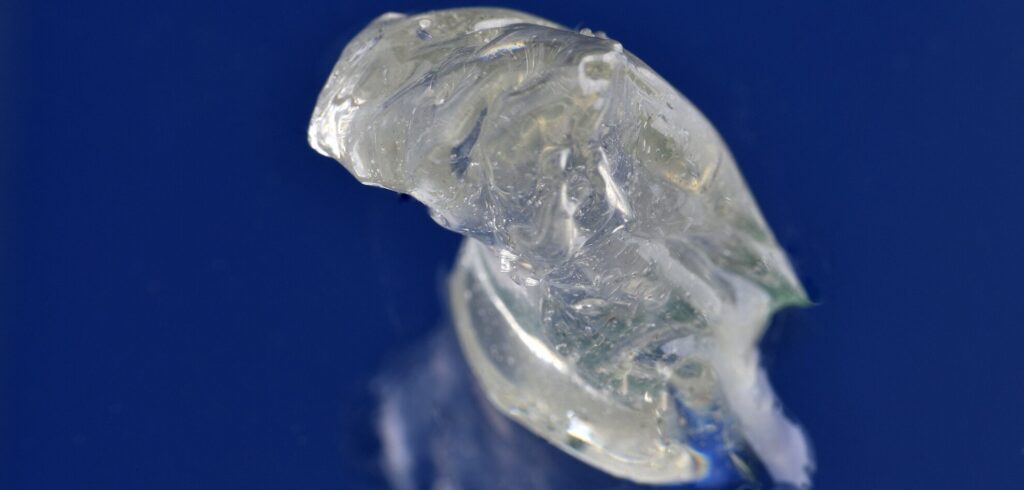Following on from an announcement made by Yokohama back in April, further details of research into the creation of butadiene from biomass have been published.
A team of researchers at the Japanese Riken Center for Sustainable Resource Science, which led the project, were able to convert glucose into 1,3-butadiene. Lead researcher Yutaro Mori explained, “We constructed a novel artificial metabolic pathway and produced 1,3-butadiene directly from a renewable source – glucose.”
The team say they succeeded in this long-sought goal by focusing on two parts of the biomanufacturing process. They first engineered a bacterial enzyme that could convert a biological compound that can be developed from glucose into 1,3-butadiene. The researchers then modified a strain of the bacterium Escherichia coli to use this enzyme and produce the chemical. Since 1,3-butadiene is a gas at room temperature, it can be easily captured as the bacteria continue to divide and grow.
The research team only managed to synthesize around two grams of 1,3-butadiene per liter of microbial brew, so the technique still has some way to go before it is suitable for industrialization. Much larger amounts will be needed for the method to be cost-competitive with petroleum-based production.
However, with some additional engineering and optimization, Mori believes his team will get there. They are now further tweaking the bacterium’s metabolic pathways and enhancing the enzyme’s efficiency. In collaboration with Yokohama Rubber and the Zeon Corporation, the team are also scaling up the protocol to work with larger volumes of microbes.
The researchers say they are also exploring ways of harnessing the power of microbes to produce other chemicals from renewable resources. “After doing additional research into enzyme engineering and metabolic engineering, I hope we will be able to make a substantial contribution to realizing a low-carbon society and a sustainable bioeconomy in the not-so-distant future,” concluded Mori. The full details of the research have been published in Nature and can be found here https://www.nature.com/articles/s41467-021-22504-6.




